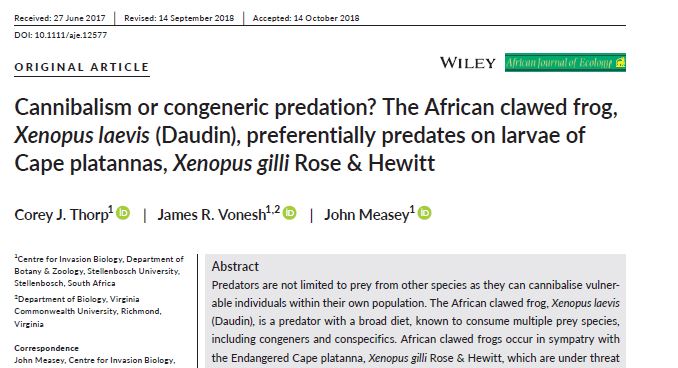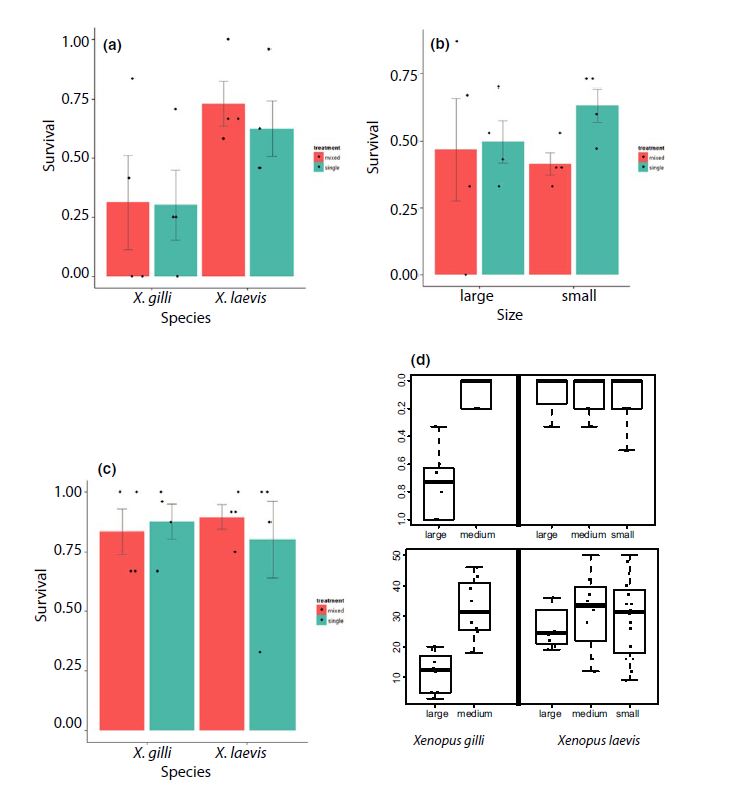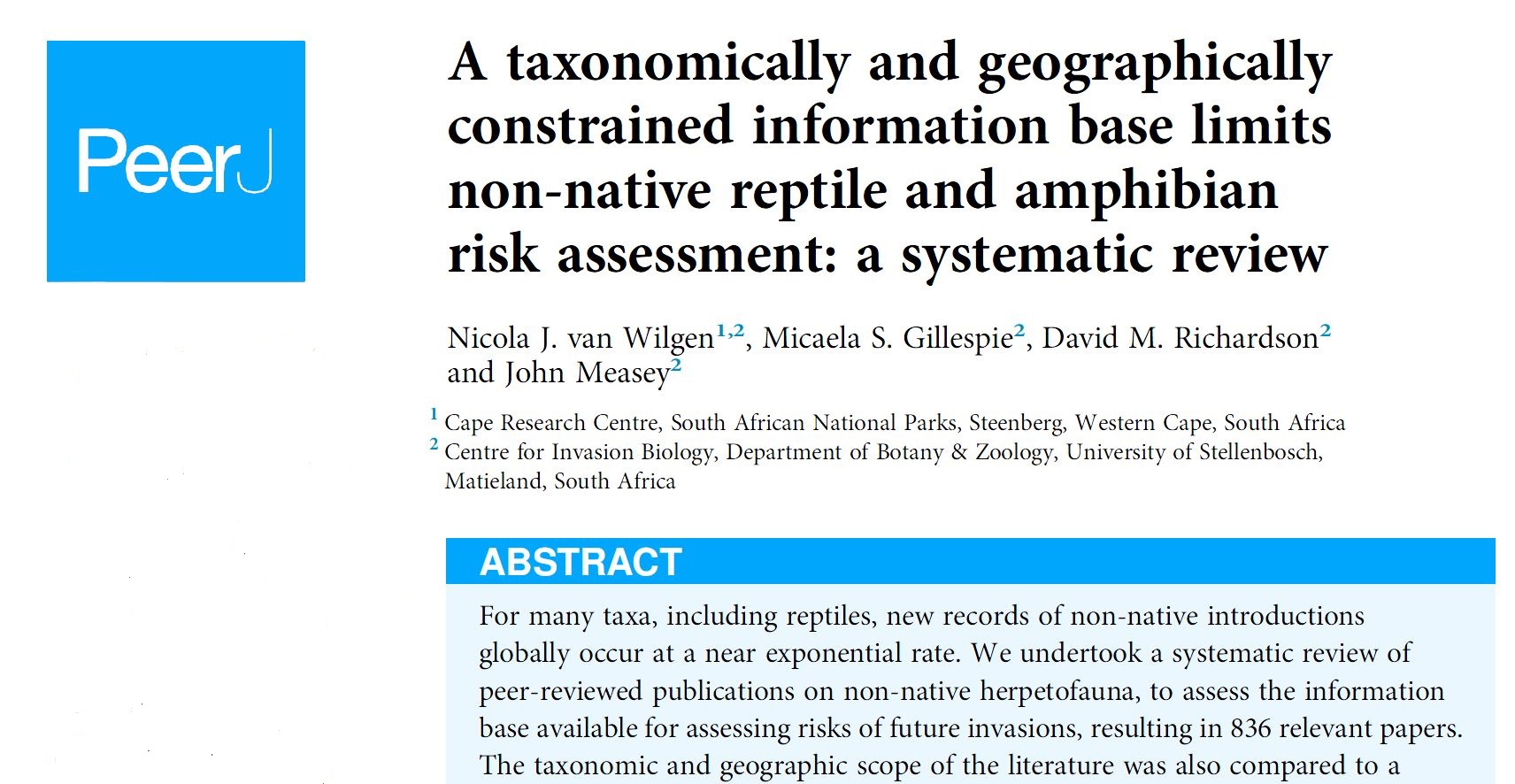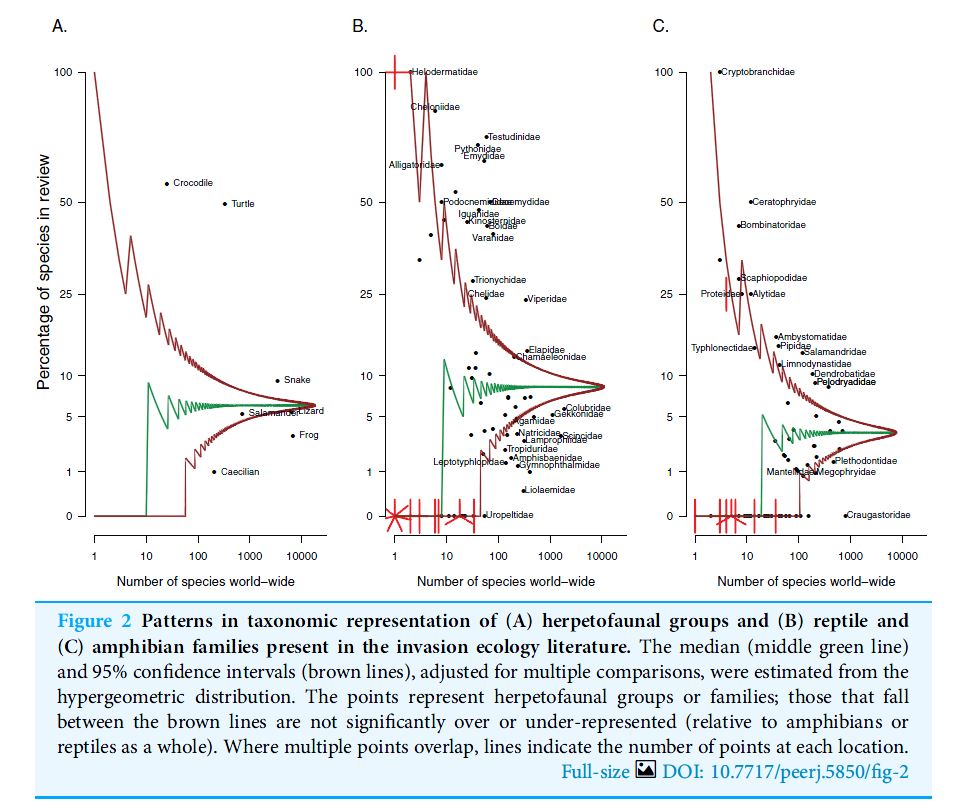Why do we need an introduction?
The introduction and discussion appear to be two common stumbling points for students writing chapters or manuscripts. First, what to put in and what to leave out. And second how to construct it. Right now, I’m going to tackle the introduction, and leave the discussion for another time.
The introduction is going to be the first part of your manuscript that anyone reads. Yes, they’ve already taken in the title and the abstract. These are almost like fishing bait to draw the readers in. The meat starts with the introduction. And it’s not only important to get all the correct content in there, it’s also important not to give misleading information that might distract the reader.
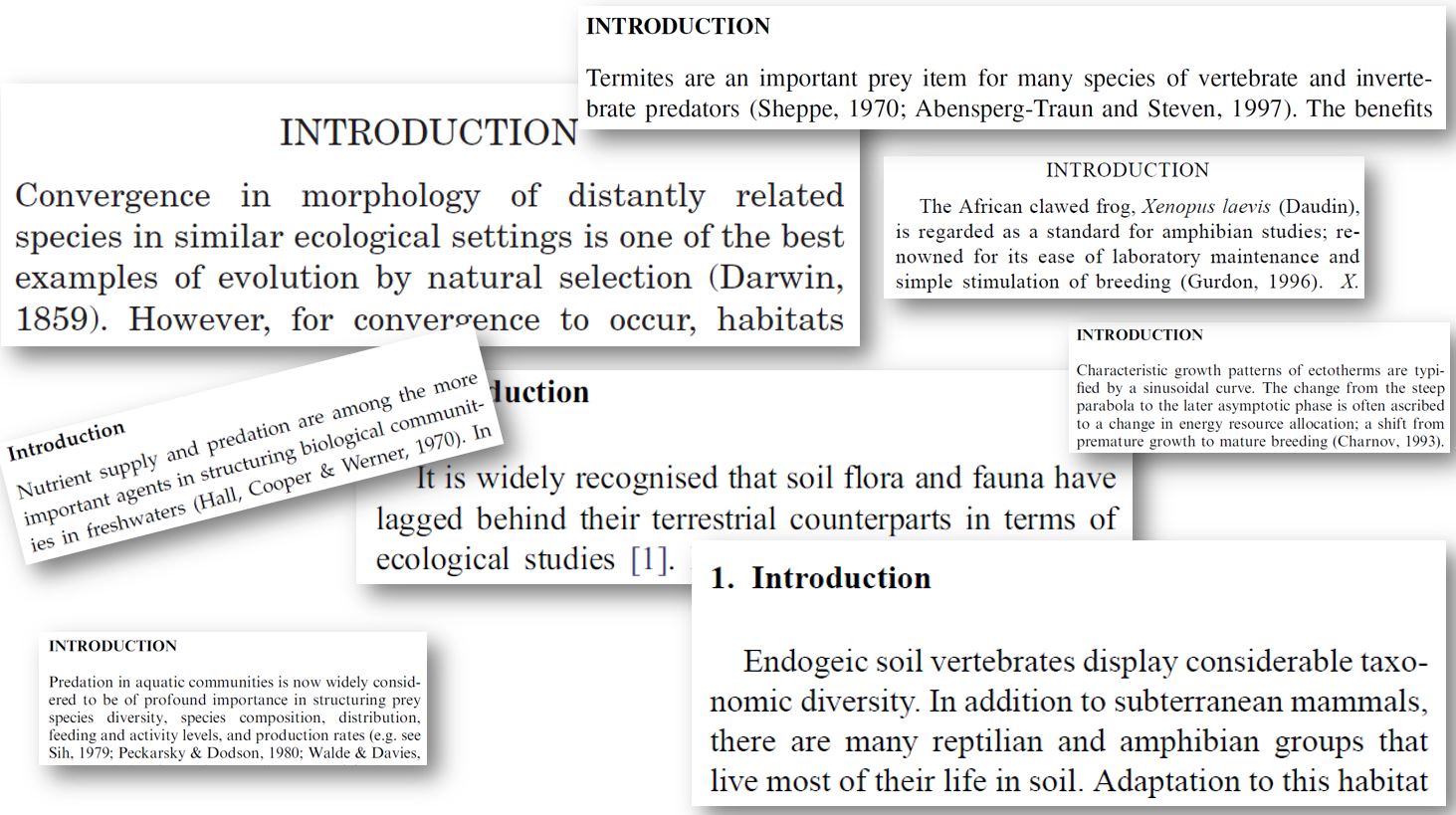
Earlier this month, we had the editor of The Conversation Africa, Caroline Southey, who told the CIB ARM that one of the most important things for a Conversation article was for the narrative to avoid getting side-tracked. She cunningly used the example of driving down a highway to your destination to explain how we are rarely tempted to turn off and explore side roads. Instead, we concentrate on driving straight to the place we set out for.
I’m not even going to apologise to those who love to explore the highways and byways of life, because Caroline was right. When we write the introduction to a paper we must not be tempted to stray away from what we are aiming to introduce. The aim of our introduction is to explain to the reader the hypothesis we are testing, and the approach we have taken to test it.
So what do we put into the introduction?
As I’ve said elsewhere (see blog entry), the hypothesis itself is made up of different parts, and each of these must be explained in the introduction. We also need to understand the approach that you’ve decided to take in your study (e.g. experimental, lab or field approach, observations or natural history). All of these decisions that you made were informed by the literature, as is your general understanding of the subject that you are studying. So making sure that you cite (read about citing here) the relevant literature is a key ingredient of the introduction.
However, this is where I think many people get side tracked. Researchers love reading, and it’s super easy to get sucked into all the amazing things that people have done in an ever expanding and increasingly interesting literature. We are often tempted to show exactly how well read we are. Or put in that fascinating tit-bit that we stumbled on by accident. However, Caroline had it right. You must keep focussed on the goal, to introduce the hypothesis to the reader, and try not to allow yourself (and consequently your reader) to get distracted.
And the construction…?
Previously, I’ve described the introduction like a funnel, where we channel the reader into our hypothesis by starting broad and ending up narrow (see that formula here). This drew some criticism on Twitter from @109Deb that journal articles are expected to fit a certain style. My objective there, as here, is to try to demystify writing and enable my students (and any other readers of this blog) to get started. The easiest way to get started is, I believe, through a formula. But it is important to say that the funnel isn’t the only way, and I’ve read some great papers where the first sentence of the introduction is the hypothesis. However you do it, the hypothesis is at the heart of your introduction because it is the reason for your work.
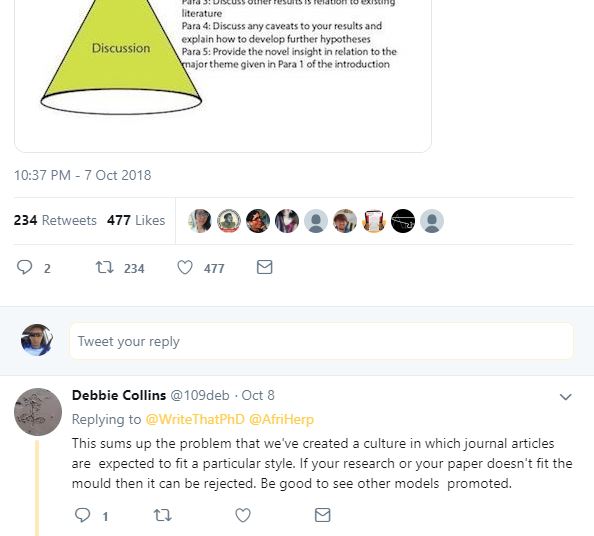
My suggestion is to keep to the funnel if you want to make life easier for yourself. Start by writing an outline of where you want your text to go. Then add in the references that are pertinent to each paragraph of the outline. Make sure that there aren’t any paragraphs with a single citation repeated over and again; it’s more likely that there is a lot more relevant information out there (see blog article here on citations).
Paragraph 1: Overview of the major theme.
Paragraph 2: Identify knowledge gaps in the field.
Paragraph 3. Identify the problem and the gaps you intend to fill. Introduce the important variables that your hypothesis includes. It’s not impossible to mention others, just don’t get distracted.
Paragraph 4. Introduce the approach that you are using, and the organism of choice.
Paragraph 5. Clearly state the hypotheses that are to be tested.
Note that you can shuffle the above to the point where it still makes sense to the reader. Don’t be overly strict or dogmatic with this (or any) advice. For example, there may be more than 5 paragraphs, but use the framework to get started. Do what works for you in your situation.
Now that you’ve fleshed out your outline with relevant citations, it’ll be time to pass it by your advisor to check that you are moving in the right direction before you start writing. My suggestion is always to use your advisor to get the advice that you need – that’s what they’re there for!




